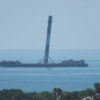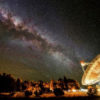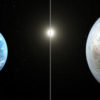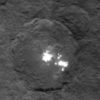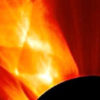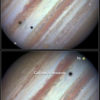The first-stage booster pictured above pushed the limits during SpaceX’s 4th successful landing last Friday with a speed that was very close to the designed maximum for the rocket and the support systems for its legs. Although the 15-story rocket was leaning on the barge and in danger of tipping over, it remained upright as it […]
